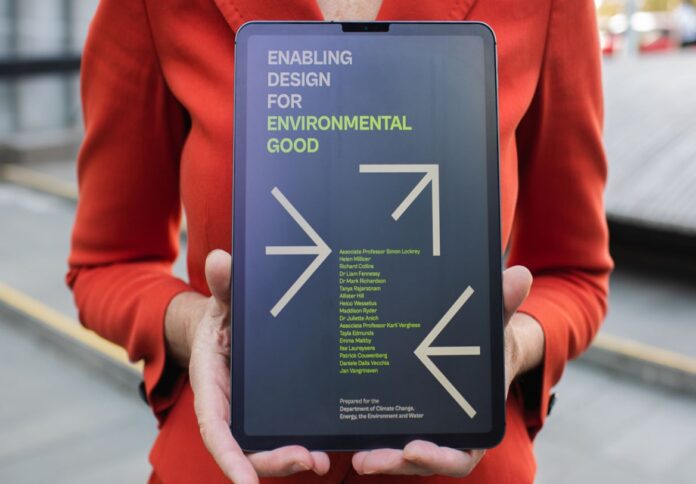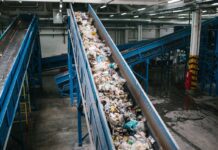
A new set of reports has presented a crucial roadmap for moving Australia toward a circular economy, outlining the opportunities to use design to enhance the sustainability of manufacturing methods, materials, products, and business models across local industries, as announced by RMIT university.
Commissioned by the Department of Climate Change, Energy, the Environment and Water, the ‘Enabling Design for Environmental Good’ reports were authored by experts in eco-design and sustainability from across research and industry to guide a coordinated approach by government and industry to transition Australia to a circular economy.
In particular, four major areas – textiles, plastics, structures, and electronics – were the focus of a group of experts led by RMIT researchers.
They developed 10 proposals to redesign the items created locally or allowed to be marketed in Australia, as well as how to treat it throughout its lifetime.
Associate Professor Simon Lockrey, project lead at RMIT, stated that a central organisation run by the federal government was required to coordinate the circular transition.
“This call for a new and coordinated approach to designing sustainable products and industries is not a nice-to-have, but an urgent necessity,” Lockrey said.
“We need an approach that ties together the interests of the federal, state and local governments, which will help businesses and industry work towards a common goal,” he continued.
Richard Collins, the project manager for Arcadis Australia, emphasised the importance of design in ensuring that materials, products, and systems are both environmentally and economically sustainable.
“Design contributes to up to 70% of the environmental impacts of a product’s lifecycle,” he said.
Helen Millicer, Churchill fellow and director of One Planet Consulting, said that without taking these suggested steps to match up with leading nations on improved product design, sale, and circularity, Australian industry sectors would become more uncompetitive.
“Likewise, households and businesses will pay ever higher costs, and our environment too, if we continue our sad, excessive ‘throw-away’ systems of highly refined textiles, electronic goods, building products and plastics,” Millicer noted.
To guarantee the recommendations were workable and beneficial to their respective industries, significant local businesses like Country Road Group, Breville, and design apex organisations Good Design Australia and Design Institute of Australia participated in the co-design process.
To read the report, visit the Department of Climate Change, Energy, the Environment and Water website.




















